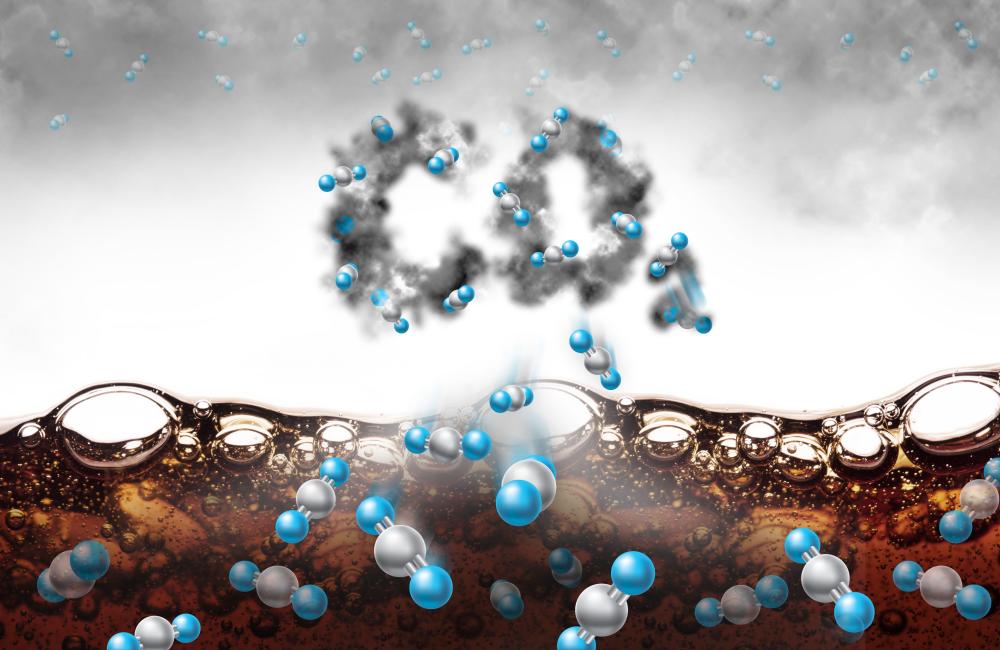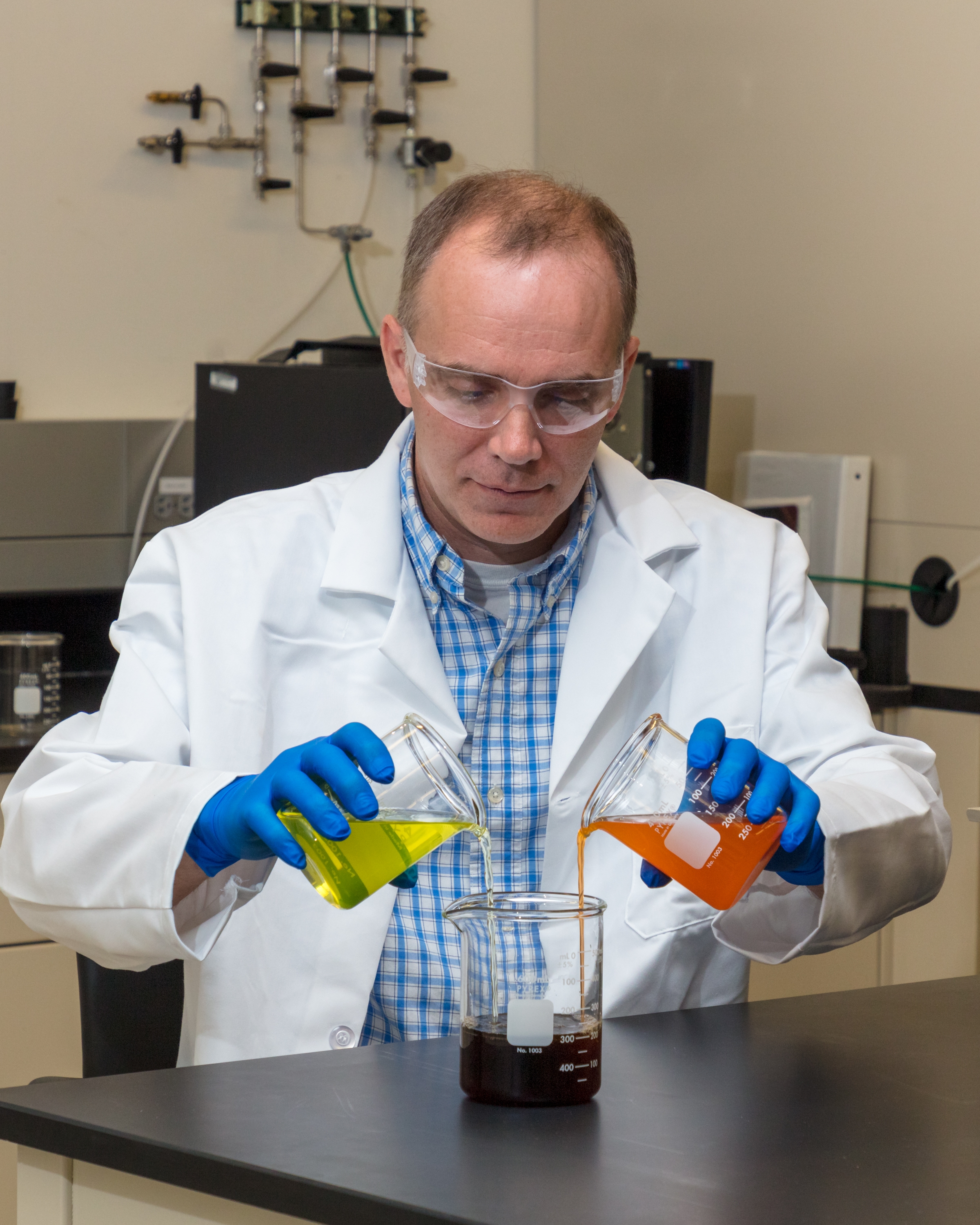
ORNL and university researchers use waste soft drinks as a low-cost alternative to filter carbon dioxide emissions. Credit: Adam Malin/Oak Ridge National Laboratory, U.S. Dept. of Energy

Oak Ridge National Laboratory has teamed with Cornell College and the University of Tennessee to study ways to repurpose waste soft drinks for carbon capture that could help cut carbon dioxide emissions. In a collaborative study, researchers used a simple chemical process on a variety of regular and diet sodas and discovered that regular sodas containing citric acid made the most efficient porous carbon structures for carbon dioxide adsorption. The unconventional approach follows interest in other low-cost feedstocks, such as banana peels and coffee grounds, for adsorbents to capture carbon dioxide emitted by power plants and other fossil-fueled industries. "Our process is unique in avoiding harsh chemicals typically used to activate carbon, resulting in eco-friendly and easily recyclable adsorbents," said ORNL's Shannon Mahurin. Transforming discarded sodas into raw materials could also bring energy and environmental solutions to waste-heavy soft drink production at facilities worldwide.






